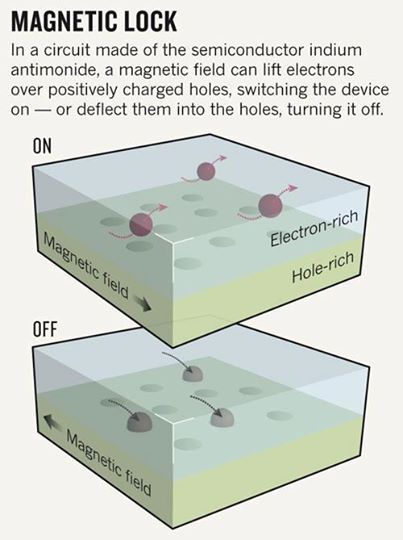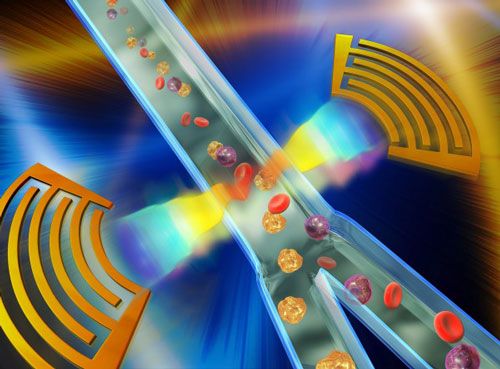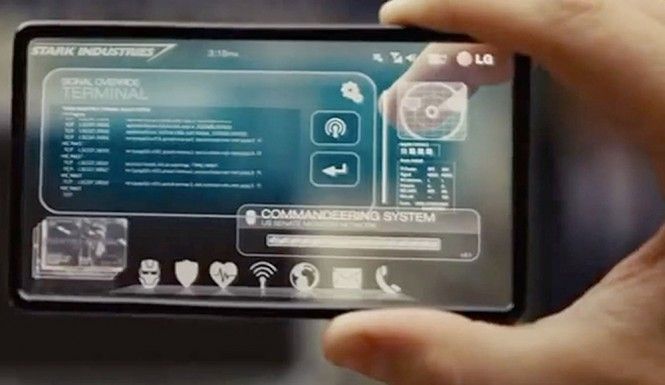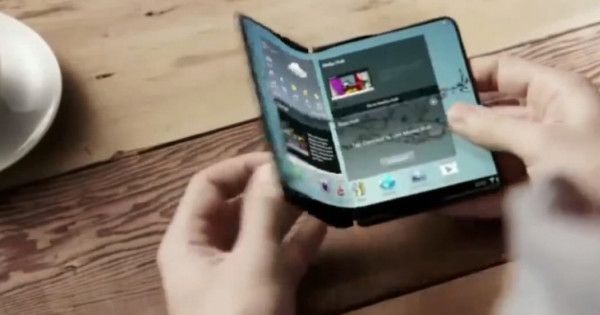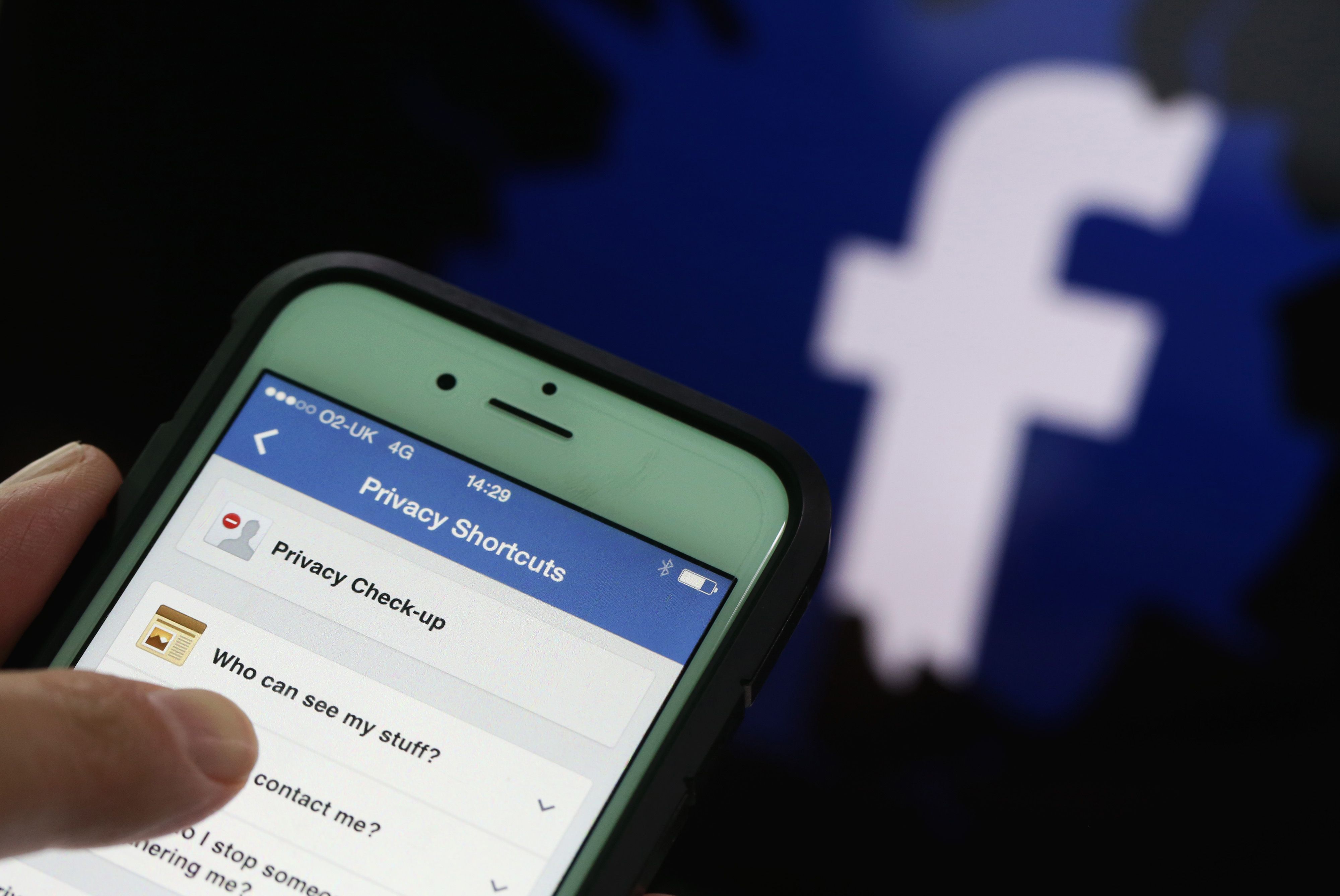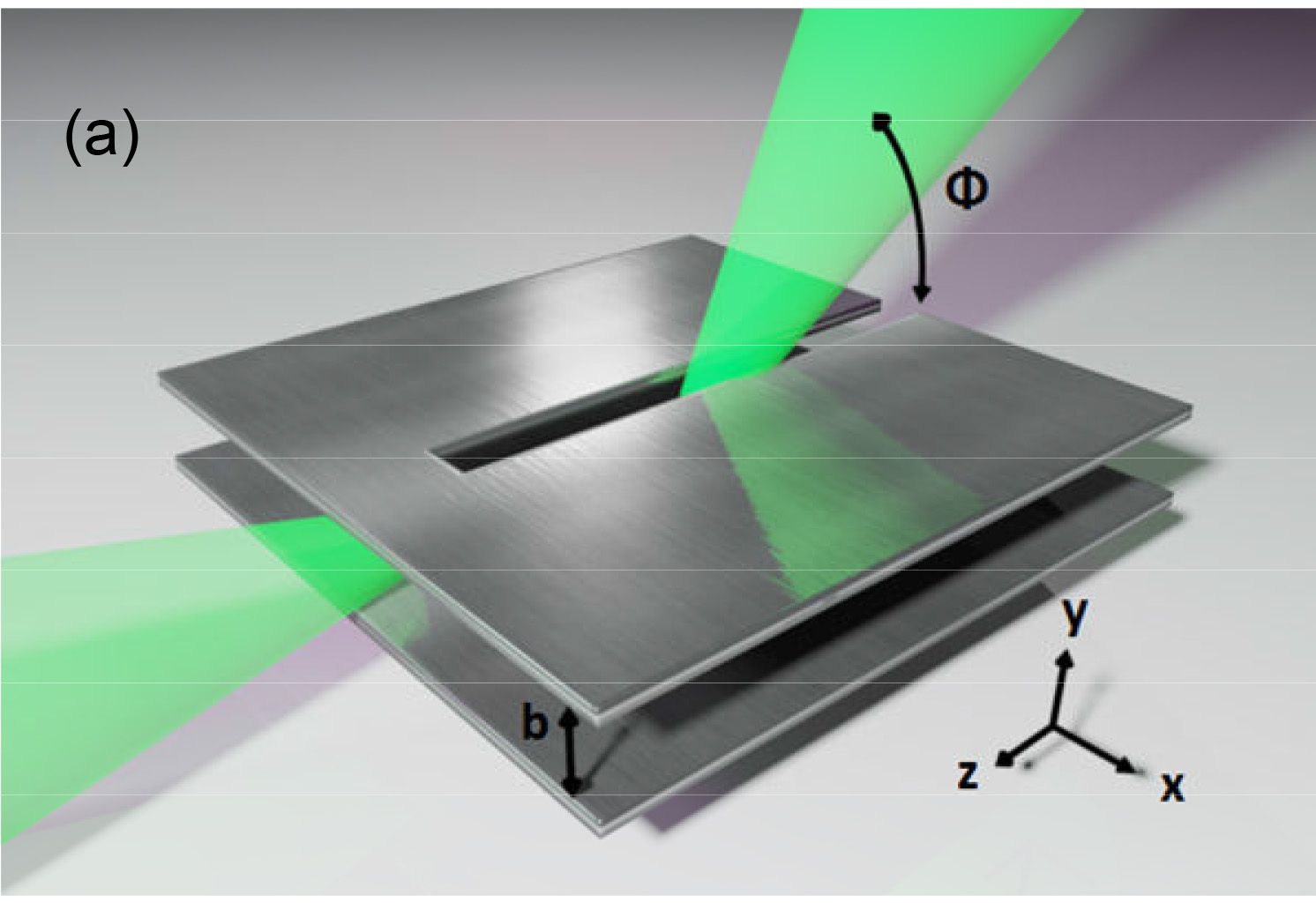Archive for the ‘mobile phones’ category: Page 230
Sep 20, 2015
A new type of transistor that can be switched with magnetism rather than electricity could massively cut power consumption of computers
Posted by Shailesh Prasad in categories: computing, mobile phones
, cell phones and other electronic devices and allow chips to be reprogrammed, reducing the volume of circuitry required inside them.
http://www.nature.com/news/magnetic-logic-makes-for-mutable-chips-1.12321
Sep 17, 2015
A fast cell sorter shrinks to cell phone size
Posted by Shailesh Prasad in categories: biotech/medical, mobile phones, neuroscience
“The current benchtop cell sorters are too expensive, too un-safe, and too high-maintenance. More importantly, they have very low biocompatibility. The cell-sorting process can reduce cell viability and functions by 30–99 percent for many fragile or sensitive cells such as neurons, stem cells, liver cells and sperm cells. We are developing an acoustic cell sorter that has the potential to address all these problems.”
Researchers describe an acoustic cell sorter capable of the kind of high sorting throughput necessary to compete with commercial fluorescence activated cell sorters.
Sep 16, 2015
MIT creates diode for light, makes photonic silicon chips possible
Posted by Shailesh Prasad in categories: computing, electronics, mobile phones, transportation
Light-emitting diodes (LEDs) are a cornerstone of consumer tech. They make thin-and-light TVs and smartphones possible, provide efficient household, handheld, and automobile illumination, and, of course, without LEDs your router would not have blinkenlights. Thanks to some engineers from MIT, though, a new diode looks set to steal the humble LED’s thunder. Dubbed a diode for light, and crafted using standard silicon chip fabrication techniques, this is a key discovery that will pave the path to photonic (as opposed to electronic) pathways on computer chips and circuit boards.
In electronics, a diode is a gate that only allows electrons to pass in one direction (and with an LED, it also emits light at the same time). In this case, the diode for light — which is made from a thin layer of garnet — is transparent in one direction, but opaque in the other. Garnet is usually hard to deposit on a silicon wafer, but the MIT researchers found a way to do it — and that’s really the meat of this discovery.
![]() Basically, it’s now possible, with regular chip-fab tools, to create an integrated silicon circuit with optical, rather than electronic, interconnects — both internally, and between other chips. Photons, moving through the kind of transparent metamaterials that would be required to make such a circuit, move a lot faster than electrons. Furthermore, optical channels, through wavelength-division multiplexing, can carry a lot more data than electric signals. At the moment, hundreds of copper wires connect the CPU, northbridge, and memory — with on-chip photonic controllers, a motherboard might only have 10 or 20 channels.
Basically, it’s now possible, with regular chip-fab tools, to create an integrated silicon circuit with optical, rather than electronic, interconnects — both internally, and between other chips. Photons, moving through the kind of transparent metamaterials that would be required to make such a circuit, move a lot faster than electrons. Furthermore, optical channels, through wavelength-division multiplexing, can carry a lot more data than electric signals. At the moment, hundreds of copper wires connect the CPU, northbridge, and memory — with on-chip photonic controllers, a motherboard might only have 10 or 20 channels.
Sep 16, 2015
How 5G will Power the Future Internet of Things
Posted by Shailesh Prasad in categories: internet, mobile phones, transportation
At Intel Developer Forum in San Francisco August 18th – 20th, two Intel executives discuss how 5G network capabilities will transform the way we live.
Imagine taking a trip to a cabin in the woods to get some work done and have a mini-vacation. Today, given our need for wireless connection, that’s a sketchy proposition.
You’ve got GPS in your rental car, plus your laptop, your smartphone, maybe a tablet or a smartwatch. But what if there’s no cable? What if there’s no Wi-Fi connection? What if the cellular connection is weak?
Sep 15, 2015
This transparent solar-powered battery looks like a futuristic Tony Stark invention
Posted by Shailesh Prasad in categories: mobile phones, solar power, sustainability
Remember Iron Man’s transparent smartphones They might become reality sooner than you think thanks to an unusual new type of battery that’s not only transparent, but it can also charge via solar power. The technology could also be used for other products in the future, such as smart office and home windows that would be able to let the sun’s light pass through them, but also recharge and store energy.
DON’T MISS: LG’s incredible new mini projector can beam a 100-inch screen from about a foot away
Developed by a team of researchers at the Kogakuin Univeristy, the lithium ion battery is not entirely transparent, as it contains the same chemical compounds that make any battery work. Furthermore, when exposed to sunlight, the battery becomes slightly tinted, transmitting 30% less light – but it’s still transparent. When fully discharged, the light transmittance rises to approximately 60 percent, TechXplore reports.
Sep 15, 2015
Samsung’s first foldable smartphone could launch this January
Posted by Shailesh Prasad in category: mobile phones
After showcasing its bendible technology for the last few years, Samsung’s first foldable smartphone could finally launch in January 2016.
Sep 15, 2015
Facebook wants to put virtual reality on your phone
Posted by Shailesh Prasad in categories: computing, mobile phones, virtual reality
Facebook FB is working on a stand-alone app that would support 360-degree—or “spherical”—video, allowing users to alter their viewing perspective with the mere tilt of their phones.
The app is still in early development, and would be available for both Apple AAPL and Android operating systems if it proves to be a go, sources close to the project told The Wall Street Journal.
Typically compiled from multiple cameras, the video format allows users to change their viewing perspective by tilting their phones, the Journal reported.
Sep 15, 2015
Curing Alzheimer’s
Posted by Steve Hill in categories: biotech/medical, genetics, health, life extension, mobile phones, neuroscience, space
Dr Michael Fossel is a PhD and MD heading up telomerase research and therapy and has kindly written a blog article for Bioviva detailing the work both they and his company Telocyte are doing to fight back against Alzheimer’s.
How Alzheimer’s Can Be Prevented and Cured…
Michael Fossel, MD, PhD
As I said in my medical textbook on aging, “If age is a thief, then the greatest treasure we lose is ourselves.” We fear Alzheimer’s not simply because it takes away our health, but because it steals our souls.
Sep 14, 2015
Physicists develop key component for terahertz wireless
Posted by Phillipe Bojorquez in categories: electronics, internet, mobile phones, physics
Terahertz radiation could one day provide the backbone for wireless systems that can deliver data up to one hundred times faster than today’s cellular or Wi-Fi networks. But there remain many technical challenges to be solved before terahertz wireless is ready for prime time.
Researchers from Brown University have taken a major step toward addressing one of those challenges. They’ve developed what they believe to be the first system for multiplexing terahertz waves. Multiplexers are devices that enable separate streams of data to travel through a single medium. It’s the technology that makes it possible for a single cable to carry multiple TV channels or for a fiber optic line to carry thousands of phone calls at the same time.
